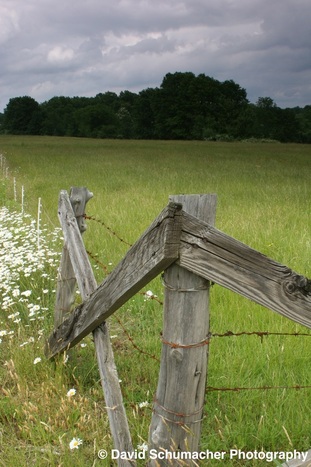
Perhaps your family has deep roots in the Valley from Farming here for generations. Your ancestors may have been part of a wave of immigration that blended old world traditions with new opportunities and shaped the valley's rich history. Or you may be a more recent transplant who chose the valley for its natural beauty and vital local farming economy.
Whatever our path here, we all have a stake in retaining the agricultural landscapes, prime soil, and timeless views that define the Connecticut River Valley. One way to help preserve the Valley for future generations is to make a planned gift to one or more of the local organizations working to preserve the Valley's farmland.
Legacy gifts, or planned gifts, offer donors the opportunity to use assets (rather than income) for philanthropic purposes and often have tax benefits to the donor. Because they are usually larger than most annual gifts, planned gifts enable land conversation organizations to undertake preservation efforts on a scale that modest operating budgets usually do not allow. Such large gifts often attract public attention and inspire the generosity of other donors.
Whatever our path here, we all have a stake in retaining the agricultural landscapes, prime soil, and timeless views that define the Connecticut River Valley. One way to help preserve the Valley for future generations is to make a planned gift to one or more of the local organizations working to preserve the Valley's farmland.
Legacy gifts, or planned gifts, offer donors the opportunity to use assets (rather than income) for philanthropic purposes and often have tax benefits to the donor. Because they are usually larger than most annual gifts, planned gifts enable land conversation organizations to undertake preservation efforts on a scale that modest operating budgets usually do not allow. Such large gifts often attract public attention and inspire the generosity of other donors.
Ways You Can Give
|
Bequest You can designate a land trust as the recipient of cash, real estate, or another asset in your will. Or, you can leave a percentage of your overall estate to a land trust.
IRA Rollover You can make a gift for land conservation directly from an IRA. Individuals who are 70 1/2 and older may make direct transfers, totaling up to 100,000/year, to 501(c)3 non-profits without the transfer counting as income for the donor's federal tax purposes, and such a gift qualifies toward the minimum distribution requirement. This provision is currently available only until December 31, 2013 Charitable Remainder Trust You may use assets to fund an irrevocable trust which makes annual payments to income beneficiaries for a fixed number of years (or their lifetime); the remaining assets in the CRT pass to one or more designated land trusts. |
Gift or Real Estate or Other Assets Gifts of any type of asset may be made during your lifetime. Gifts of real estate can be structured in various ways to provide tax benefits and financial flexibility.
Life Insurance You can name a land trust as the owner and beneficiary of a new or existing policy.
|
Retained Life Estate You may deed real estate to a land trust subject to one or more individuals retaining a "life interest" in the property. Under this irrevocable arrangement, "life tenants" retain full use of the property, and receive a significant income tax deduction.
Charitable Lead Trust You may use assets to fund a trust which makes annual payments to one or more land trusts for a fixed number of years (or the term of your life); the remaining assets in the CLT are then distributed to the named beneficiaries, usually family members of the donor. Gifts of Appreciated Securities Gifts of stock may provide savings on capital gains taxes as well as an income tax deduction. Retirement Plan Assets You can name a land trust as the beneficiary of an IRA, 401(K), 403(b), or other qualified retirement plan. |










